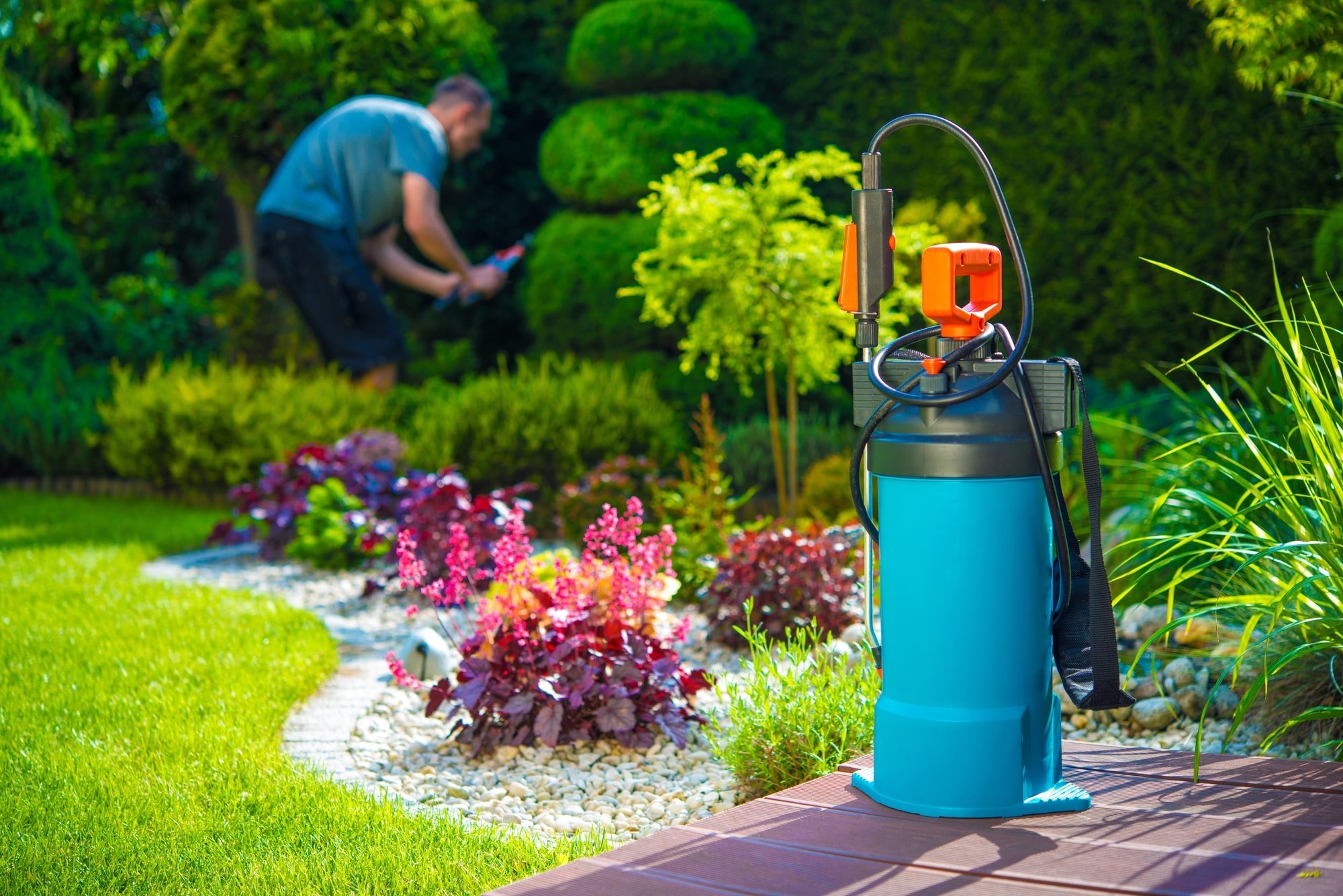Wasps, bees, bumblebees and hornets are flying insects found mainly in spring and summer. They can be found in a variety of locations, particularly in open spaces such as gardens, parks and meadows in the countryside. Although they do not pose a direct threat to human beings, a solution needs to be put in place to manage them in the event of an invasion. There are many reasons for this: to prevent bites, protect crops and preserve the ecosystem. In any case, this management must be carried out responsibly. Bees and bumblebees play an essential role in pollination. Let’s take stock.
Wasps, bees, bumblebees and hornets: know how to distinguish them to better manage them
These insects are not easy to distinguish. However, although they have similar anatomies, they each have specific characteristics. They have a head, a thorax and an abdomen with a stinger. Discover their differences.
The wasp
The wasp is an insect ranging from 11 mm to 18 mm in length. It belongs to the Hymenoptera family. Its hairless body is dotted with yellow and black stripes.
This insect is an excellent hunter and a great defender of its territory. It is aggressive when it feels its nest is in danger. This is usually nestled in a tree, or housed in a secluded area of a house. The wasp can sting several times and stay alive. In all cases, it feeds on small insects, sweet foods and detritus.
The bee
There are over 20,000 species of bee, 800 of which are found in Canada. Like the wasp, this insect belongs to the Hymenoptera family. The upper part of its body is hairy. Its abdomen is streaked with black and yellow or brown stripes, depending on the species. Its hind legs are adorned with stiff hairs, which it uses to collect pollen. The mouthparts feature a rostrum used to pump nectar from flowers.
Bees become aggressive when their honey, nest and fellow bees are threatened. She’s even more so when she feels in danger.
The bumblebee
Bumblebee is a generic term used to designate various insect species characterized by a short, robust, hairy body. It can be yellow and black, or embellished with white or orange designs.
Adult bumblebees measure around 22 mm. It can be recognized by its noisy flight and its activities: this insect is an inexhaustible pollinator. His colony has around ten members. Bumblebees are harmless and only sting to defend themselves and their nests.
The hornet
The hornet has similar characteristics to the wasp. It is distinguished from the latter by its imposing size. It is considered one of the most imposing of the Hymenoptera family. When fully grown, it can measure up to 5 cm in length.
The European hornet can be found in many parts of Quebec. The Giant Asian Hornet is found mainly in western Canada. The important thing to remember is that this insect poses a threat to honey bees.
Effectively repel wasps, bees, bumblebees and hornets
Many insects are useful and beneficial to the ecosystem. Bees, for example, play an important role in plant pollination. They are protected in Canada and many other countries around the world. In the event of a heavy presence, an invasion or simply as a preventive measure, the solution is to keep them away, not exterminate them.
Apply essential oils
Essential oils are real allies in repelling insects, thanks to their molecules. Peppermint, lavandin and lavender keep wasps and hornets away.
Simply pour a few drops on windowsills or doors to keep them out. Beware: this type of product is unsuitable for repelling bees. This can be harmful to them.
Take preventive measures
These insects invade various places for specific reasons. For example, they enjoy eating leftovers, especially sweet foods. After a barbecue or lunch in the garden, it’s a good idea to get into the habit of clearing everything away.
This will help protect your property from invading wasps and bees looking for food. Be sure to close the bins tightly, to limit the odours that attract hymenoptera.
Use cloves
The strong scent of cloves repels flying insects such as hornets, bees and bumblebees. Cut a lemon in half, then prick cloves into it. Place the quarters on a plate, level with the area to be protected. Please note that this is a temporary solution. Insects usually return once the smell has faded.
Opt for repellent plants
Repellent plants not only brighten up your space, they also help keep Hymenoptera at bay.
Here are just a few examples:
- Geranium: the intense scent of geranium repels bees;
- Aurone and sweet woodruff: place leaves of these versatile plants on either side of the house;
- Garlic and onions: their strong smell literally repels insects;
Lavender: although its scent is sweet to humans, Hymenoptera are not fond of it. On the contrary!
Conclusion
Our ecosystem needs wasps, bees, bumblebees and hornets, insects that are important for maintaining life on earth. Their presence poses no potential danger, except to allergy sufferers. Children can also be frightened when confronted with these creatures. The solution is to keep them away, not kill them. Contact us if you have any doubts about the best way to proceed.

